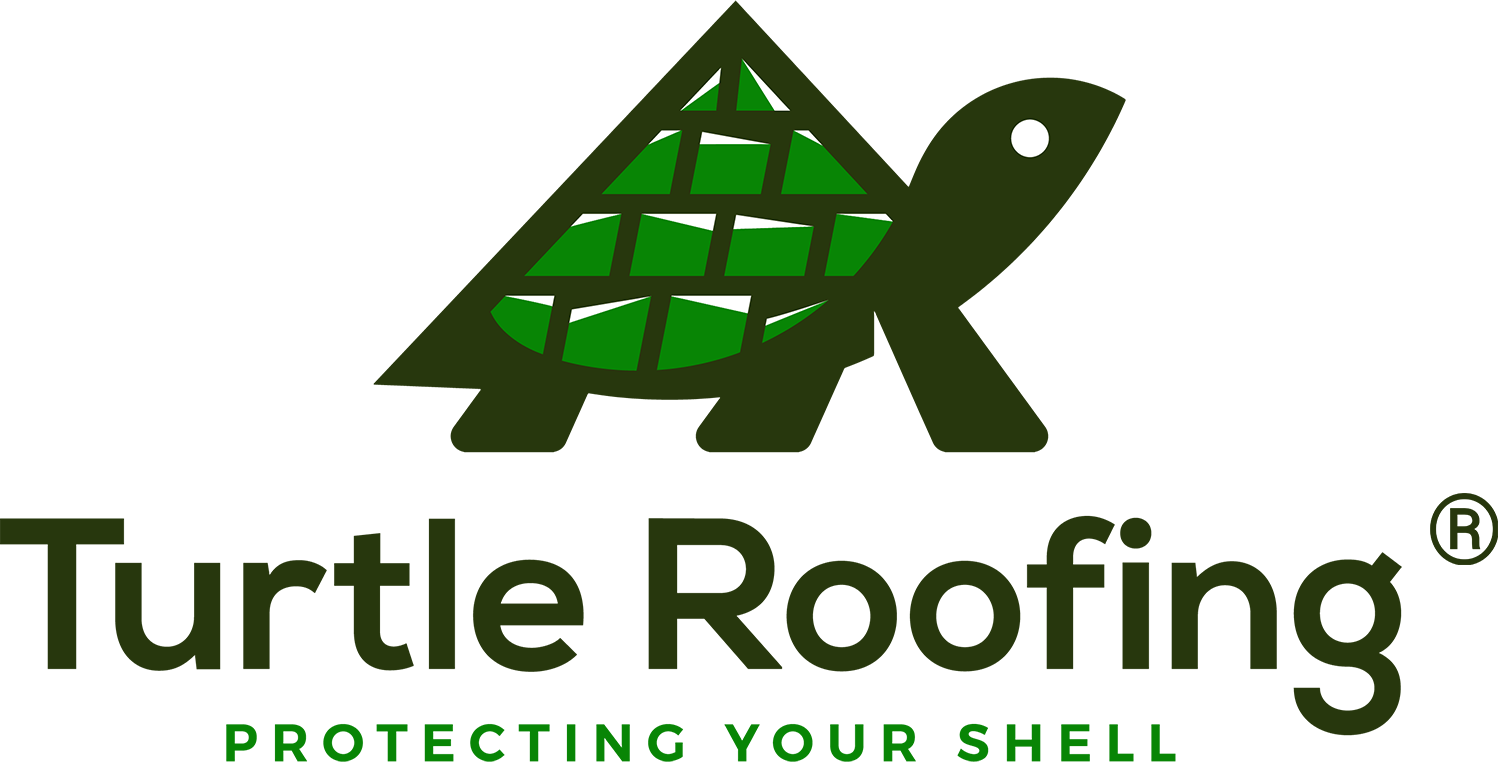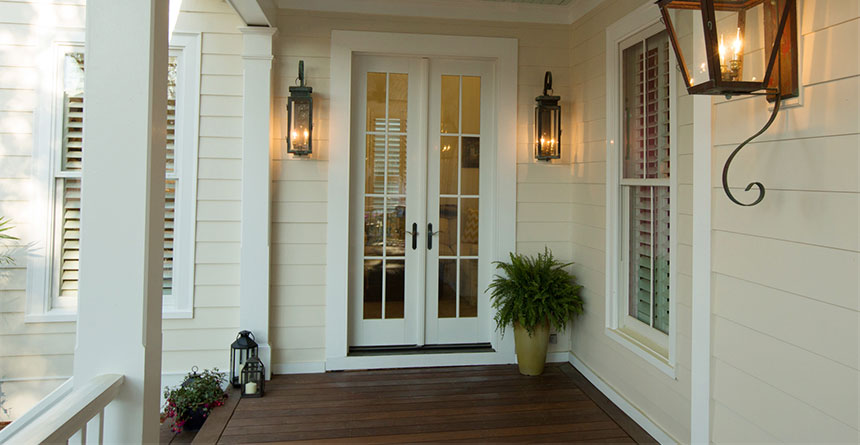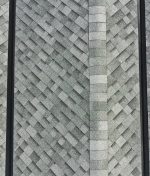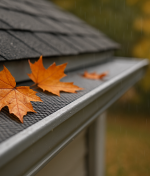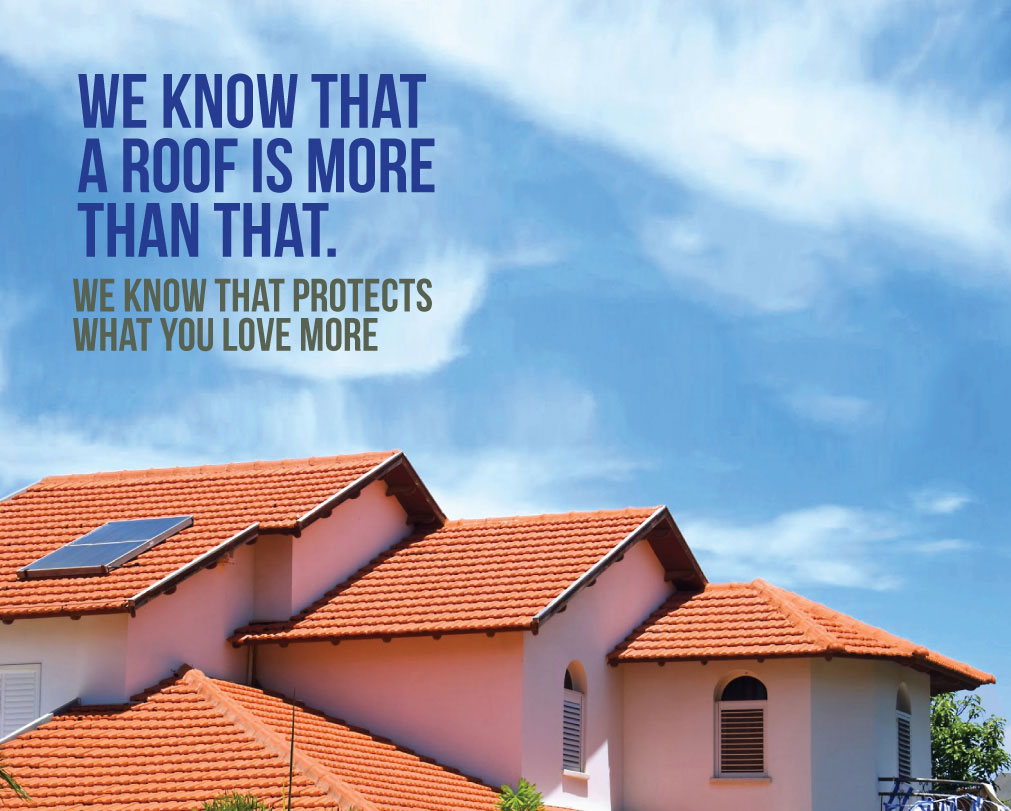Homeowners across Nebraska and Iowa often start their research with LP SmartSide vs James Hardie. Both are strong performers in the Midwest, both look great up close and from the street, and both can be installed by Turtle Roofing with clean, code-tight details. This guide explains fiber cement vs engineered wood in plain language so you can choose the right material, style, and finish for your home.
What each product is
LP SmartSide siding
An engineered wood siding that blends wood fibers with resins and protective treatments. It is lighter to handle, easy to cut with standard carpentry tools, and available either prefinished through lines like Diamond Kote siding or ready for site painting.
James Hardie siding
A fiber cement siding made from cement, sand, and cellulose fiber. It is dense, highly stable in moisture, and engineered for climate zones. James Hardie offers factory color systems and trim that create crisp lines and a consistent finish across elevations.
The quick answer
If you want climate-specific engineering, strong performance in moisture, and a well known warranty structure, James Hardie siding is a compelling choice.
If you want lighter boards, fast handling on complex walls, and a friendly mid-tier price, LP SmartSide siding delivers excellent value.
Side by side comparison
| Category | LP SmartSide siding | James Hardie siding |
|---|---|---|
| Base material | Engineered wood | Fiber cement |
| Handling and weight | Light and easy to cut with common tools | Heavier, needs fiber cement blades and dust control |
| Moisture stability | Good when edges are sealed and details are tight | Excellent resistance to rot and swelling in wet cycles |
| Fire resistance | Improved over natural wood | Strong mineral based fire resistance |
| Impact and jobsite durability | Very good, forgiving to handle | Very good, very stable after fastening |
| Factory finishes | Diamond Kote and other prefinished options | Factory color systems with baked on finish |
| Styles and profiles | Lap, board and batten, shakes, panels | Lap, board and batten, shakes, panels with crisp reveals |
| Warranty feel | Strong coverage from reputable finish partners | Known for climate engineering and a non-prorated siding warranty |
| Typical price tier | Mid | Upper mid to premium |
| Best use case summary | Fast production, lighter handling, flexible finish options | Long horizon stability, climate targeting, low movement in moisture |
Style and curb appeal
Both brands offer classic lap, board and batten, and shake looks. Fiber cement’s density gives James Hardie siding very crisp shadow lines that read beautifully from the street, especially on modern or craftsman designs. LP SmartSide siding is easier to maneuver on tall or complex walls, which can be helpful when a design calls for varied profiles and multiple bump outs. Either way, we use 3D design tools to preview color, trim, and profile combinations before anything is ordered.
Weather performance in Nebraska and Iowa
Midwest homes see big swings in temperature, frequent wind, and fast freeze thaw cycles. Here is how the materials stack up for best siding for Midwest weather.
- Moisture management. Fiber cement stays dimensionally stable when wet, which supports tight joints and long paint life. This is one reason many homeowners choose James Hardie siding near high splash or shaded bays.
- Impact and handling. Engineered wood is light and forgiving during install, which can reduce waste on complex elevations.
- Heat and sun. Both materials perform well with factory finishes. Dark colors stay truer when the finish is baked on in a controlled setting.
- Hail resistant siding. Neither product is hail proof. Both hold up well when installed over a proper moisture system. The key is correct flashing, clearances, and fastening patterns to keep panels secure in wind and driving rain.
Maintenance and finishes
- Factory finish. James Hardie offers factory applied color systems that arrive ready to hang. LP can be ordered pre-finished or baked on through Diamond Kote siding or other partners. Factory finishes allow uniform color coverage and reduce on site variables.
- Site painting. Both materials accept field paint by pro crews. Site paint gives maximum color choice and future color changes.
- Touch ups. Plan a quick annual walk to check joints, penetrations, and high splash areas. A few minutes of upkeep pays off for both materials.
Installation details that protect the investment
Great results come from the parts you do not see. Turtle Roofing treats every siding project as a system, not just a surface.
- Correct wall prep, housewrap, and flashings at windows and doors
- Starter strips, Z-flashing at horizontal breaks, and well sealed penetrations
- Proper clearances at grade, roof lines, and hard surfaces
- Trim details that avoid trapped water and allow clean expansion gaps
These are the details that support warranties, keep water moving, and help finishes look fresh for years.
Cost and value
In most projects, LP SmartSide siding lands in a moderate price tier that works well for large surface areas. James Hardie siding often prices higher per square, yet you might be surprised at the minuscule difference in price. Many sellers and buyers recognize the brand, which can help in future resale conversations. Your final design should match your goals, timeline, and budget.
When to consider siding replacement
If paint no longer holds, if swelling or rot is visible, or if wind and hail have opened seams, it may be time for siding replacement Nebraska or siding replacement Iowa. Turtle Roofing will evaluate the wall system, show photos, and recommend either targeted repairs or full replacement. When full replacement is the best path, we will price both brands with clear line items so you can compare apples to apples.
How to choose a contractor
Look for a siding contractor Nebraska or siding contractor Iowa with transparent pricing, brand training, and strong local references. Ask for three nearby addresses of completed projects with your preferred material. Confirm general liability and workers compensation coverage. A good partner explains the wall system, not just the panel, and will show how flashing, wrap, and trim work together with your chosen product.
Frequently asked questions
Is fiber cement siding or engineered wood better in moisture
Fiber cement is mineral based and does not swell when wet, which gives it an edge in repeated wet cycles. Engineered wood performs well when edges are sealed and details are tight.
Which is more fire resistant
Fiber cement siding is mineral based and provides strong fire resistance. Engineered wood is improved over natural wood but is not mineral based.
Will I need to repaint
Factory finishes extend the repaint cycle on both materials. Field painted projects depend on color, exposure, and local conditions.
Can I get board and batten with either brand
Yes. Both LP and James Hardie offer board and batten profiles along with lap, shake, and panel options.
Ready to compare on your home
If you are weighing LP SmartSide vs James Hardie, we can help you make a confident call. Turtle Roofing installs both materials with the same attention to detail, and we tailor the design to your home. Schedule a free design consultation. We will bring samples, review your 3D model, and leave you with side by side pricing for a low maintenance siding plan that fits your style.
www.turtleroofing.com/contact-us/
Protecting Your Shell across Nebraska and Iowa with smart materials, careful installation, and workmanship that lasts.
